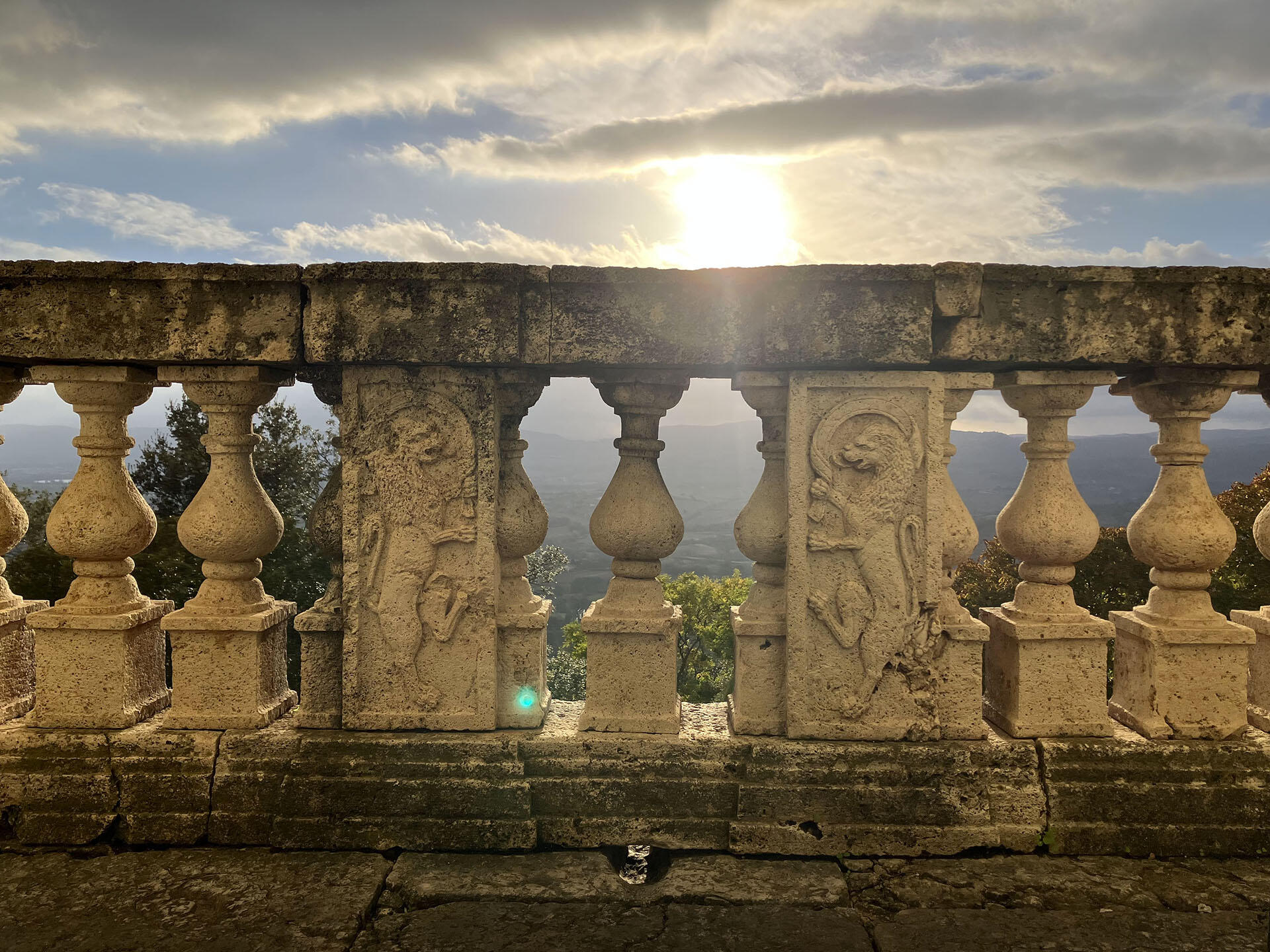Balancing Preservation and Energy Efficiency in Historic Constructions.


The use of a building is essential for its preservation; a structure that remains unused is a cultural asset destined to decay.
A proper approach to conserving and enhancing historical architectural heritage lies in a thorough understanding of the building itself: its history and evolution form the foundation for determining the most appropriate conservation intervention.
Efficiency and energy savings, microclimate comfort, and economic and environmental sustainability are among the current issues that property owners face today in maintaining their historic buildings.
Restoration efforts should be the result of a well-informed balancing of various considerations: historical, functional, technical-scientific, economic, and more, with the goal of harmonizing the needs of contemporary living with the respect for cultural heritage.
On the other hand, the use of a building is fundamental to its preservation; a structure that remains unused is destined to perish. The survival of most ancient monuments up to today is inherently linked to their ability to adapt to the needs of their time.